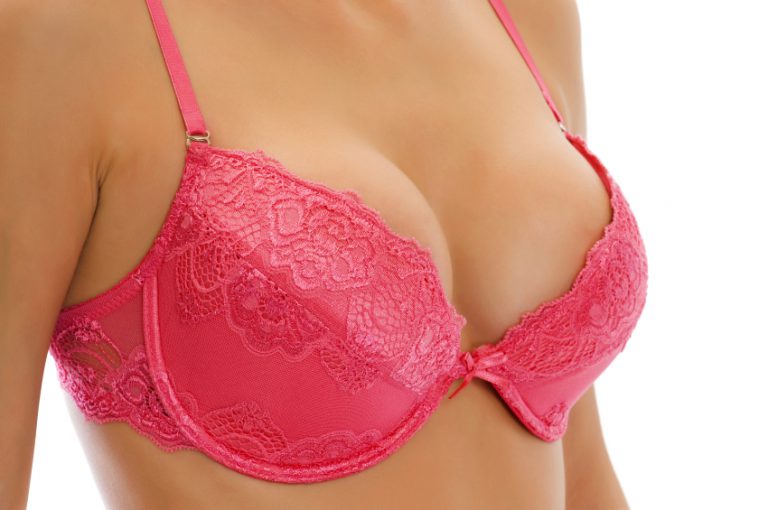Earlier this year, Dr. Kim wrote an article for the Plastic and Reconstructive Surgery Journal’s Breast Supplement titled “What’s New in ADM and Soft Tissue Support for Prosthetic Breast Reconstruction.” The majority of implant-based breast reconstructions performed in the US use some form of internal soft tissue support, as it allows for improved aesthetic results. ¹⁻² These results include better positioning of the implant, increased projection, and improved lower pole expansion. This article discusses the benefits of using internal support in patients, and provides an overview of recent biologic and synthetic mesh innovation.
Biologic Mesh
Biologic mesh comes from either a deceased donor (hADM) or from non-human sources (xenografts). Acellular dermal matrices (ADM) are the most commonly used form of internal support, and have evolved to include diverse shapes, sizes, and processing characteristics. ¹⁻² All human biological mesh is processed with the goal of removing donor cells and potential pathogens, while still retaining cellular properties. FlexHD and Alloderm are two of the FDA-approved hADM products currently on the market, both of which Dr. Kim uses regularly. Xenografts are thought to provide the same clinical benefits while offering diverse cost-effective ADM options. However, there are still some remaining concerns regarding the inferior performance of xenografts in comparison to hADM in reconstruction. ³
Synthetic Mesh
Synthetic mesh on the other hand, is constructed from mass-synthesized polymers, such as Vicryl and P4HB, which are then processed into sheets. The benefits of using synthetic mesh in breast reconstruction patients is the control of sterile processing, minimal risk of disease transmission, structural support, and cost-effectiveness. Synthetic mesh options include a variety of both permanent and absorbable products. SERI Surgical Scaffold and GalaFLEX and two brands of absorbable synthetic mesh that Dr. Kim uses in his reconstruction cases.
The use of a biologic or synthetic mesh in reconstruction patients allows for faster tissue expansion, facilitates single stage reconstruction, and provides better implant positioning/aesthetic outcomes. In recent years there has been innovation in internal support, with evolving options for both biologic and synthetic mesh. The dynamic landscape of internal support will continue to change with the continuous desire to develop more clinically relevant, safer, and more cost-effective products.
1. Ibrahim AM, Koolen PG, Ashraf AA, Kim K, Mureau MA, Lee BT, et al. Acellular dermal matrix in reconstructive breast surgery: survey of current practice among plastic surgeons. Plast Reconstr Surg Glob Open (2015) 3(4):e381.
2. ASPS National Clearinghouse of Plastic Surgery Procedural Statistics. ASPS Public Relations (2015). American Society of Plastic Surgeons. www.plasticsurgery.org. Accessed 5/2017
3. Hirsch EM, Dumanian GA. Discussion: AlloDerm and Strattice in breast reconstruction: a comparison and techniques for optimizing outcomes. Plast Reconstr Surg. 2012 Jun;129(6):1234-5.
